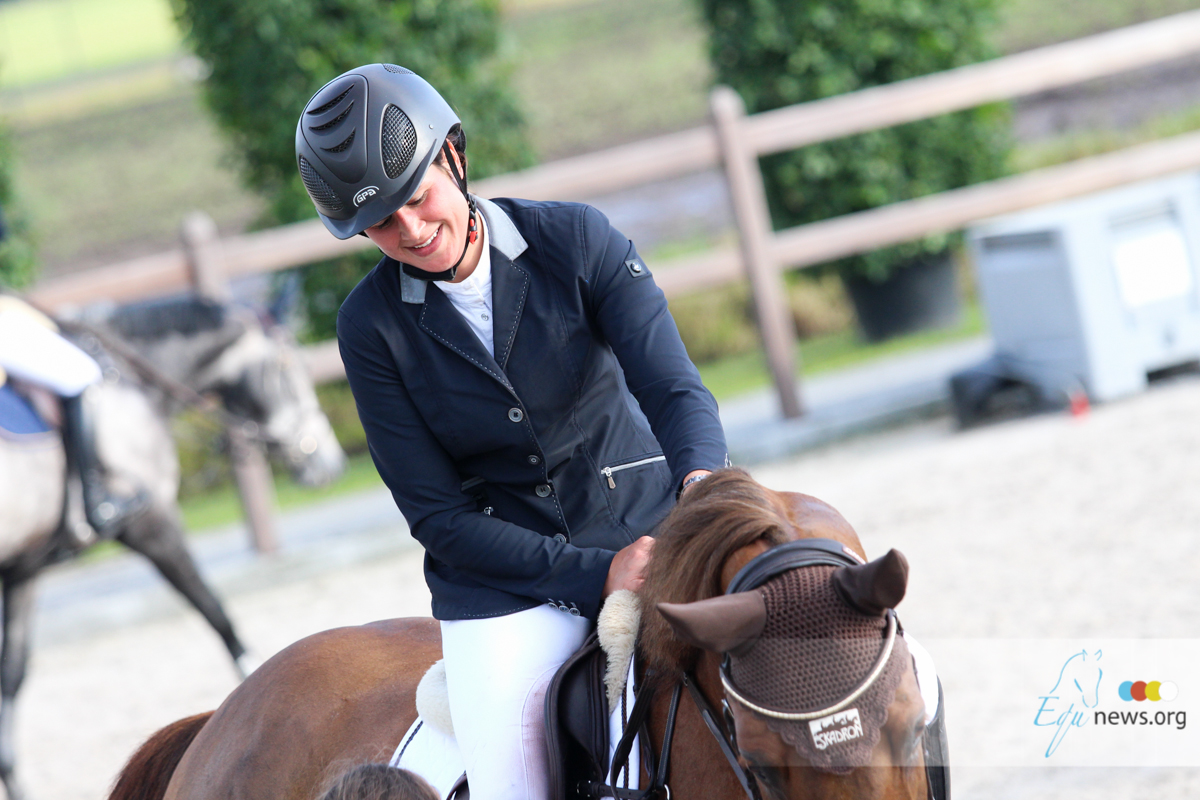A study by the British Equine Veterinary Association (BEVA) shows that horse vets (in Great Britain) can hold their own in telling stories of trips to the emergency room or physical therapist. But what does this mean to the future of equine practice, and how should future vets be educated to prevent injuries? While there is no known study for comparison of veterinary-related injuries in other countries, the findings of the new British study should be just as eye-opening. According to the numbers, being a horse vet in Great Britain appears to carry the highest risk of injury of any civilian occupation, according to the results of a first-ever survey on injuries within the vet profession. Background Commissioned by BEVA and conducted by leading medical professionals at the Institute of Health and Wellbeing and the School of Veterinary Medicine at the University of Glasgow, this study has prompted BEVA to raise awareness of these risks within the equine industry and to look at ways of ways of making equine veterinary practice safer. Until this study was done, the profession relied on largely anecdotal information, which suggested that equine vets are frequently injured as part of their work with horses, but the prevalence and type of injury had never been quantified in the UK. BEVA stated in a summary of the study that it is widely thought that some vets have to give up equine work due to a work-related injury, and that while very occasionally fatalities have happened, these may be inconsistently documented. The study A total of 620 equine vets completed a work-related injuries questionnaire. The results of the study indicated that equine vets could expect to sustain between seven and eight work-related injuries that impeded them from practicing, during a 30-year working life. Data from the Health and Safety Executive suggest that vets working in equine practice in the UK sustain a very high number of injuries compared to other civilian occupations, including those working in the construction industry, prison service and the fire brigade. Participants were asked to describe their worst-ever injury. Most were described as bruising, fracture and laceration, with the most common site of injury being the leg (29%), followed by the head (23%). The main cause of injury was a kick with a hind limb (49%), followed by strike with a fore limb (11%), followed by crush injury (5%). Nearly a quarter of these reported injuries required hospital admission and notably, 7% resulted in loss of consciousness. Former President of BEVA, Keith Chandler commented on the high rate of head injuries to equine vets: "These injuries appeared to be more common when certain procedures were being performed, such as endoscopy of the upper respiratory tract, when vets are often only partly sighted while using examination equipment, or during wound management and bandage-changes, where vets are often crouched-down for long periods, next to the patient." Horse owners as handlers Thirty eight percent of the ‘worst’ injuries occurred when the vet was working with a ‘pleasure’ horse and most frequently (48% of all responses) the horse handler was the owner or the client at the time of the injury. While the number of laypersons or other handlers injured at the same time was low, Tim Parkin, vet and lead researcher, pointed out: “This work should act as a wake up call to all involved in the training, employment and engagement of equine vets. The risks associated with handling and working with horses should be the primary consideration for equine vets and horses owners alike, every time a horse is examined or treated. In addition, the experience of the horse handler should be considered when undertaking riskier procedures.” Future education of vets and owners David Mountford, Chief Executive of BEVA commented on how the study might be utilized: “In the short term, knowledge of these risks allows us to better inform all vets who work with horses. In turn, vets will be able to inform horse owners, horse-keepers and trainers of the risks, and this may provide justification for having trained assistance on-hand or the more extensive use of sedative drugs in practice, potentially reducing the risk of injury. The British Equine Veterinary Association said that it will now look to work with the Health and Safety Executive, veterinary schools, large employers of vets in the UK and its members to help develop policies to mitigate the risk of serious injury for vets working with horses.



